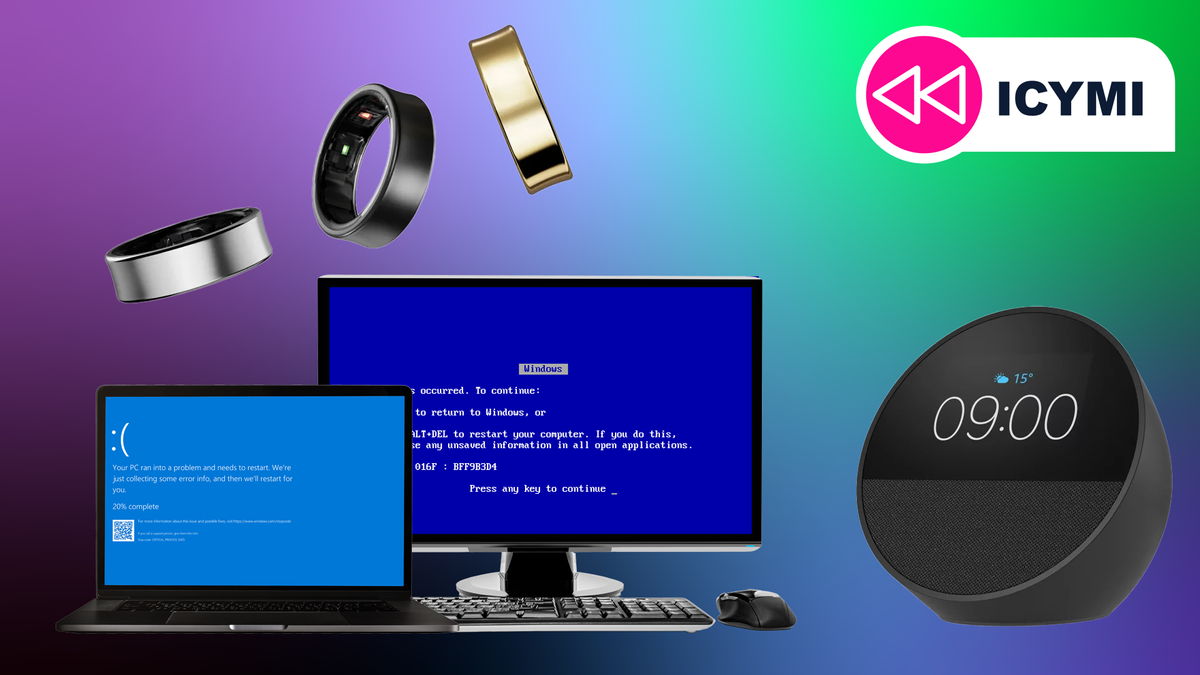This week was shaping up to be a quieter one thanks to Amazon Prime Day deals taking up most of the airwaves instead of our usual flurry of tech announcements – and then everything went wrong.
We saw a chaotic Windows outage seemingly caused by a security software update which caused massive problems all over the globe for all manner of services. As we’re writing this on Friday it’s still not over – so while we hope it’s done as you’re reading this there could still be lingering issues.
In case you missed it or any of the other top stories we’ve got this handy tech news round-up to catch you up to speed.
7. The world ground to a halt thanks to the mother of all IT outages
On Friday, the cybersecurity firm CrowdStrike redefined a ‘bad day at the office’ by causing a global IT meltdown with a single faulty update for its Windows hosts. The result was the ‘blue screen of death’ for thousands of Windows machines around the world, leading to the grounding of airplanes, TV broadcasters going off-air, and chaos across banks, shops, and health services.
While a fix was swiftly deployed, the knock-on effects could continue for days or even weeks, according to some cybersecurity experts. That’s because many Windows machines are stuck in a recovery boot loop, creating a backlog in industries like courier services. While that all sounds pretty bad, it did also get us wondering about how much worse it could have been.
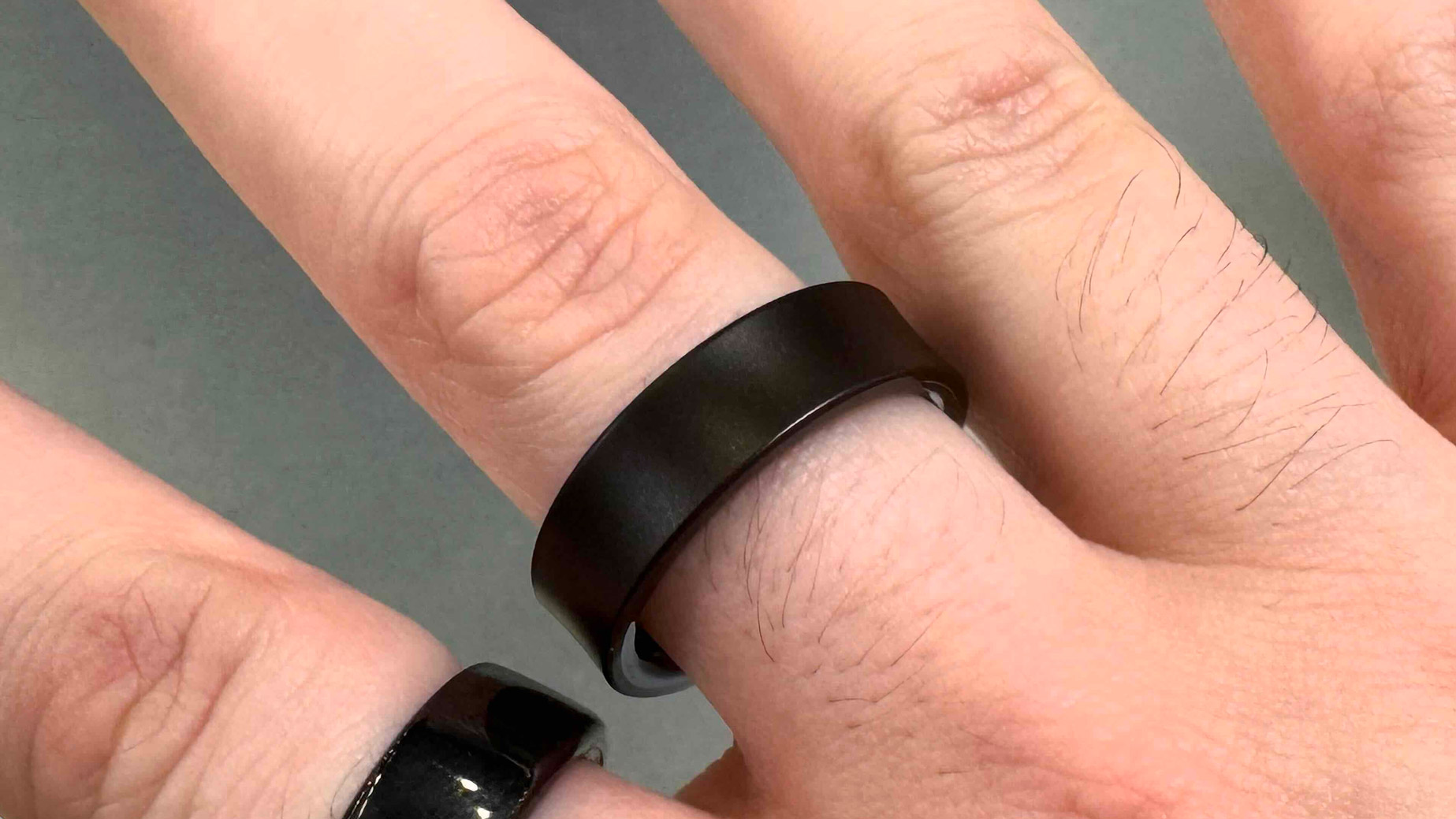
The Samsung Galaxy Ring was only unveiled on July 10, but pre-orders on Samsung’s webstore were so popular when they opened, that the tech giant sold out of rings on 15 July, and dwindling numbers were reported by third-party retailers. That’s a lot of rings and tells us that Samsung’s first foray into smart ring territory – which could have been a big gamble – is shaping up to be an unmitigated success.
Samsung has since restocked its supply, so pre-orders are back and flowing by all accounts. But expect to see a lot of Galaxy Rings in the wild very soon, and we’re betting that a Galaxy Ring 2 is already in early development as a result of these encouraging sales figures.
5. We reviewed the Amazon Echo Spot
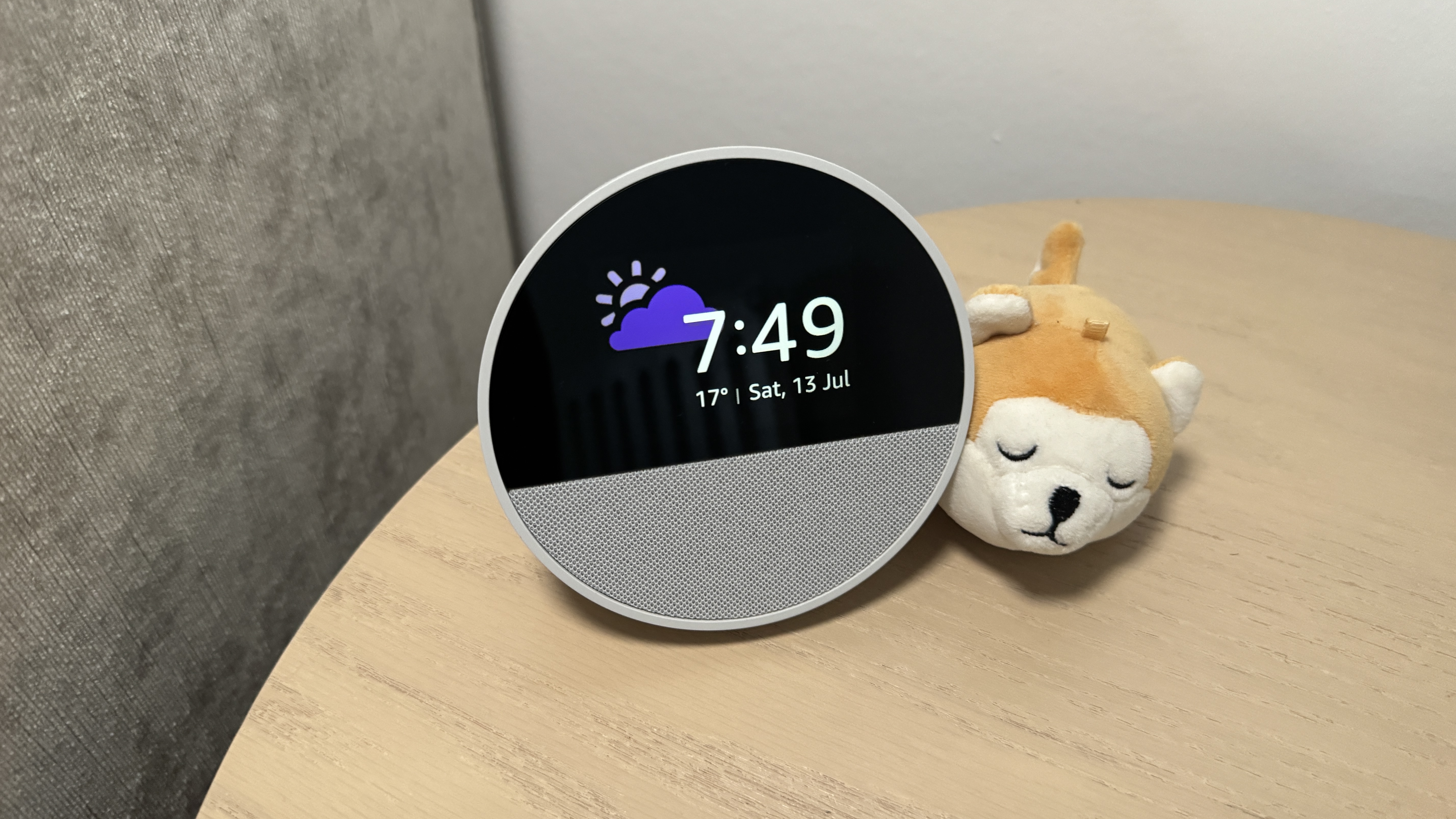
After launching it as a surprise right before Prime Day 2024 – and offering it a significant discount – our verdict on the Echo Spot has rolled in courtesy of our managing editor of lifestyle, Josephine Watson.
The Echo Spot itself looks great with its modern redesign and excels as a smart alarm clock more so than a full-fledged smart display. The screen itself gets bright enough and is plenty vibrant, but lacks strong side viewing angles, and the fact that you add custom clock faces is handy, and ultimately quite fun.
You can read our review our full review of Amazon’s latest Echo here and ultimately decide if it’s the right one for you. After all, there are more than a couple of other ones to consider.
4. Major Google Wallet updates were teased
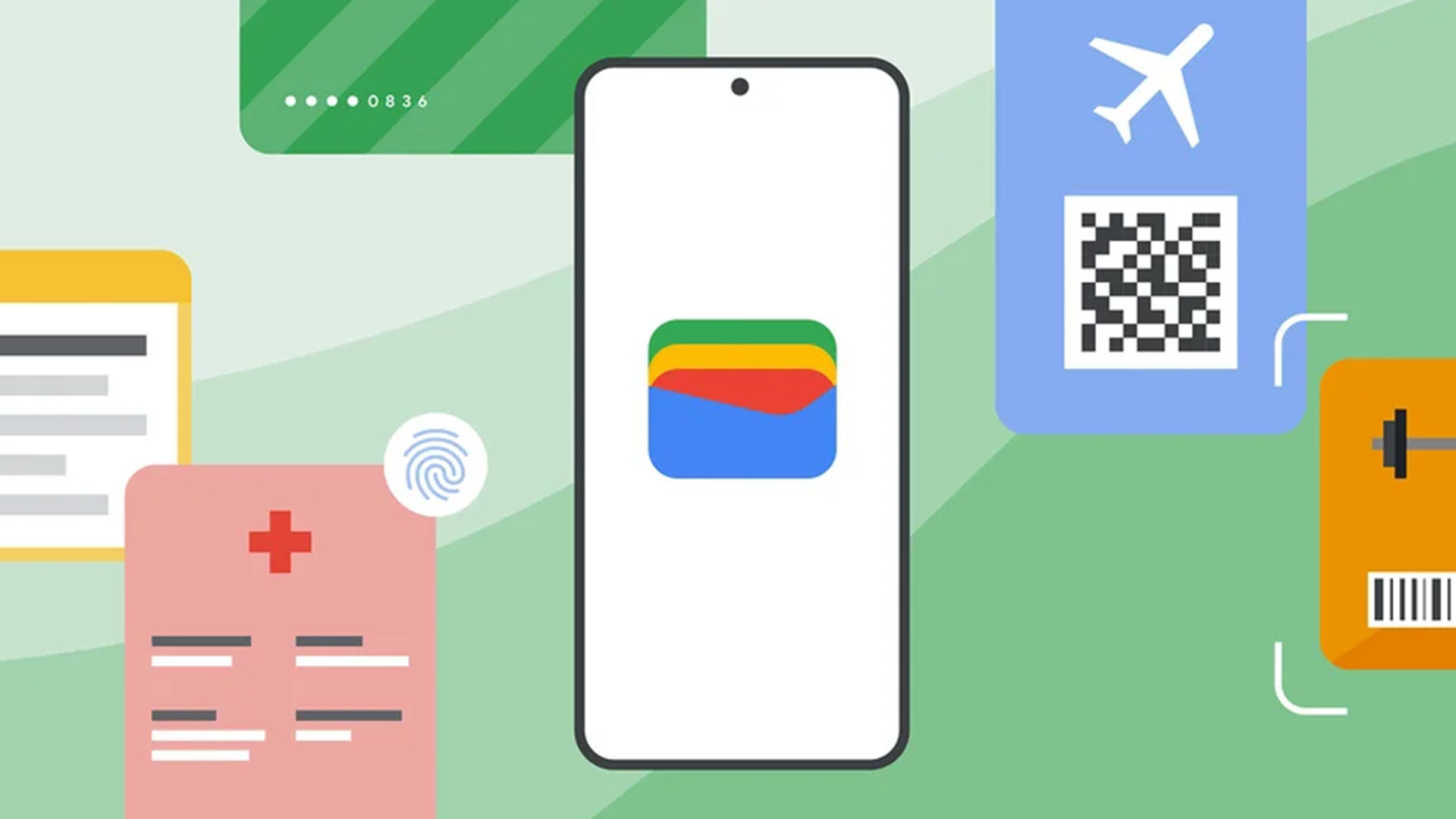
During Google I/O 2024, Google teased that the Wallet app on Android will soon feel even more like the real thing, with new code discovered by Android Authority revealing that you’ll soon be able to use it to store more than patent details and loyalty cards.
According to the leaked info, you’ll be able to add your library card, student ID, and concert tickets among other text-based documentation to your Wallet. With the app reportedly able to use AI to identify exactly what kind of document you’re trying to add.
Just don’t expect this to completely replace your real wallet yet. A leaked Google Wallet disclaimer warns that scanned IDs are “not an official ID or a replacement for the physical ID.” They might help you out in a pinch, but you should try to remember to carry the real thing on you as usual.
3. Canon finally launched its first new cameras of 2024
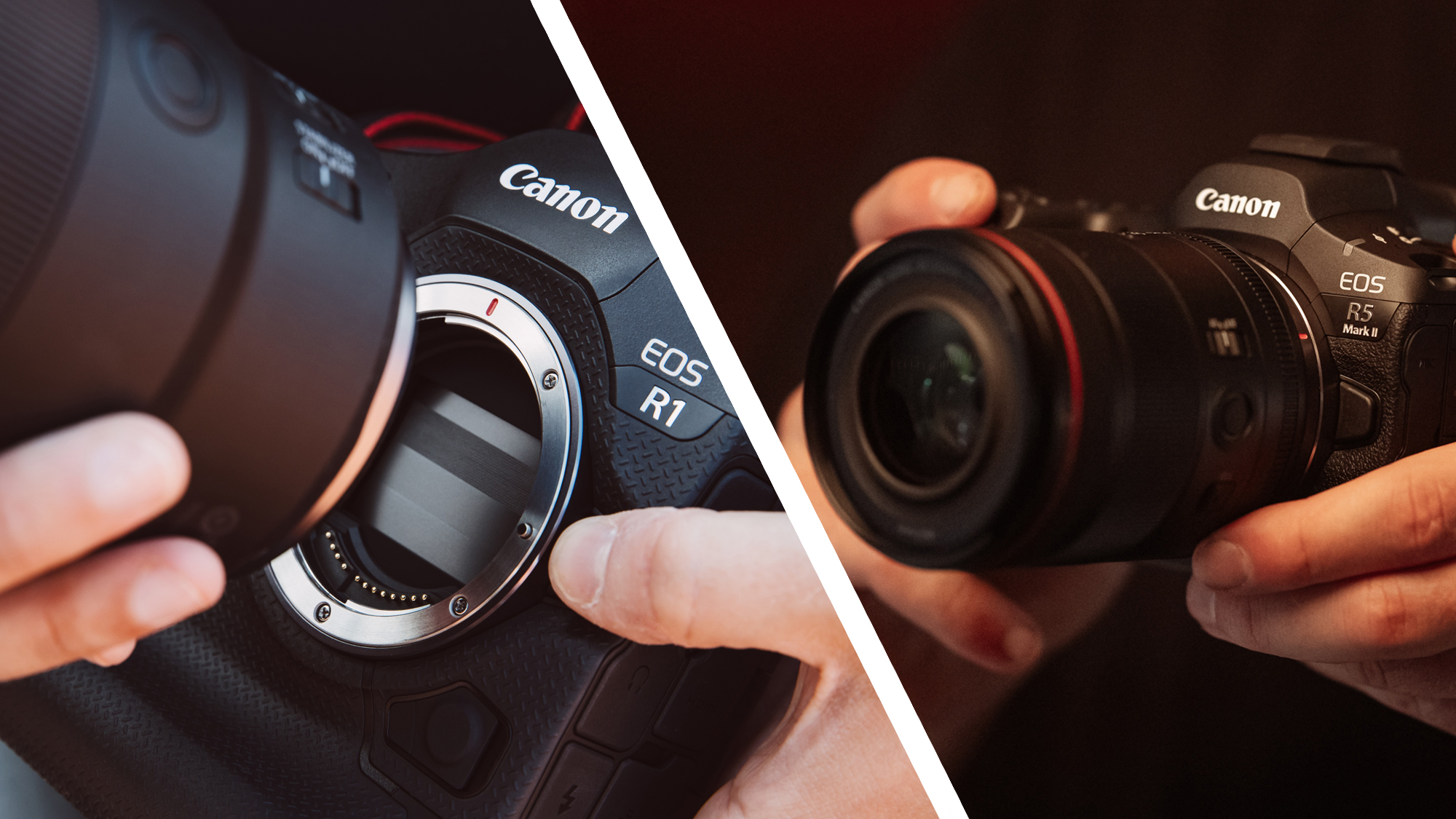
It’s been a worryingly quiet year for Canon fans, but that changed this week when the camera giant launched two new models – the new flagship Canon EOS R1 and the all-rounder EOS R5 Mark II.
Neither are exactly impulse buys, with the EOS R1 costing $6,299 / £6,999 / AU$10,999 (body only) and the EOS R5 Mark II not far behind at $4,499 / £4,499 / AU$6,699. But they do showcase the latest in Canon tech, including its new Dual Pixel Intelligent AF autofocus system and its Eye Control AF.
Are they enough to prevent Canon fans from jumping ship to Sony or Nikon? You can read our hands-on Canon EOS R5 Mark II review and EOS R1 first impressions to find out.
2. The Apple Watch’s new Vitals app is Apple’s reinvention of its sleep tracking
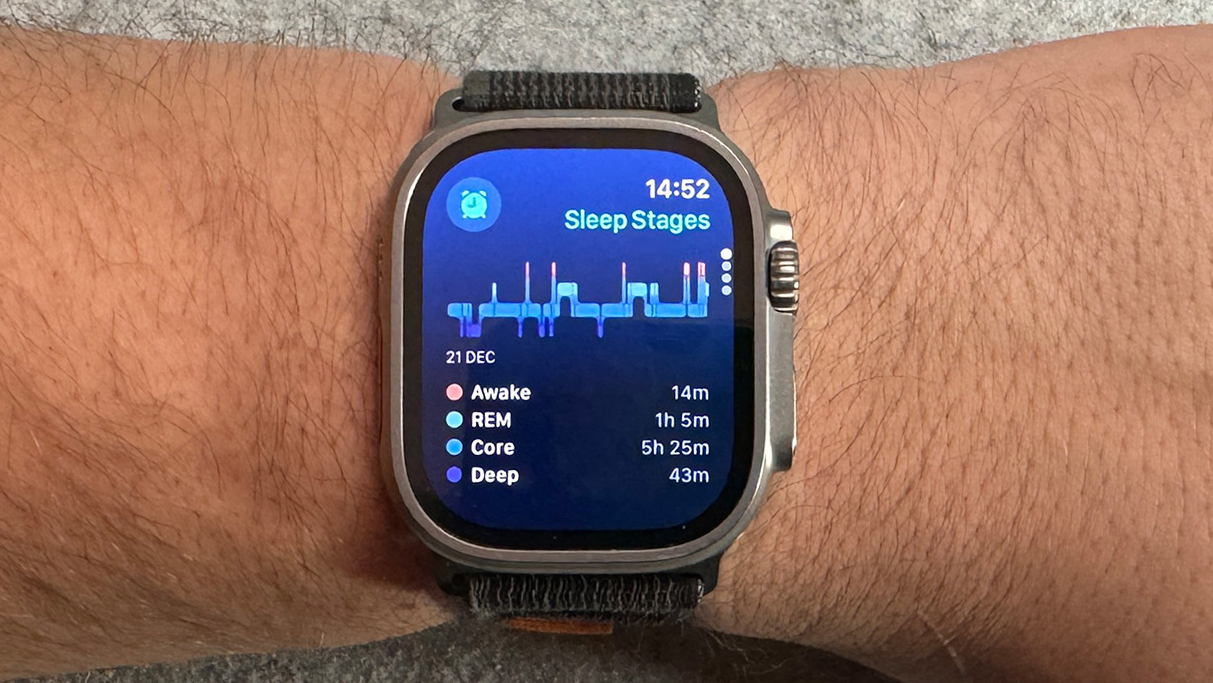
Apple’s new watchOS 11 features are now in public beta, and early adopters are checking out the latest features coming to their Apple Watches. The Vitals app is a new health tool to help monitor heart rate, wrist temperature, sleep duration, and blood oxygen levels, and alert you to significant deviations from the norm.
The only problem? To get the full effects of the Vitals app, it needs to be worn during sleep, according to Dr Sumbul Desai, Apple’s Vice President of Health, in an interview with CNet. And to wear it, you need to game that 18-hour battery life and time your charges well. Does this mean we’ll see a bigger battery in the Apple Watch 10?
1. Netflix lost its VR app, but got a much better alternative
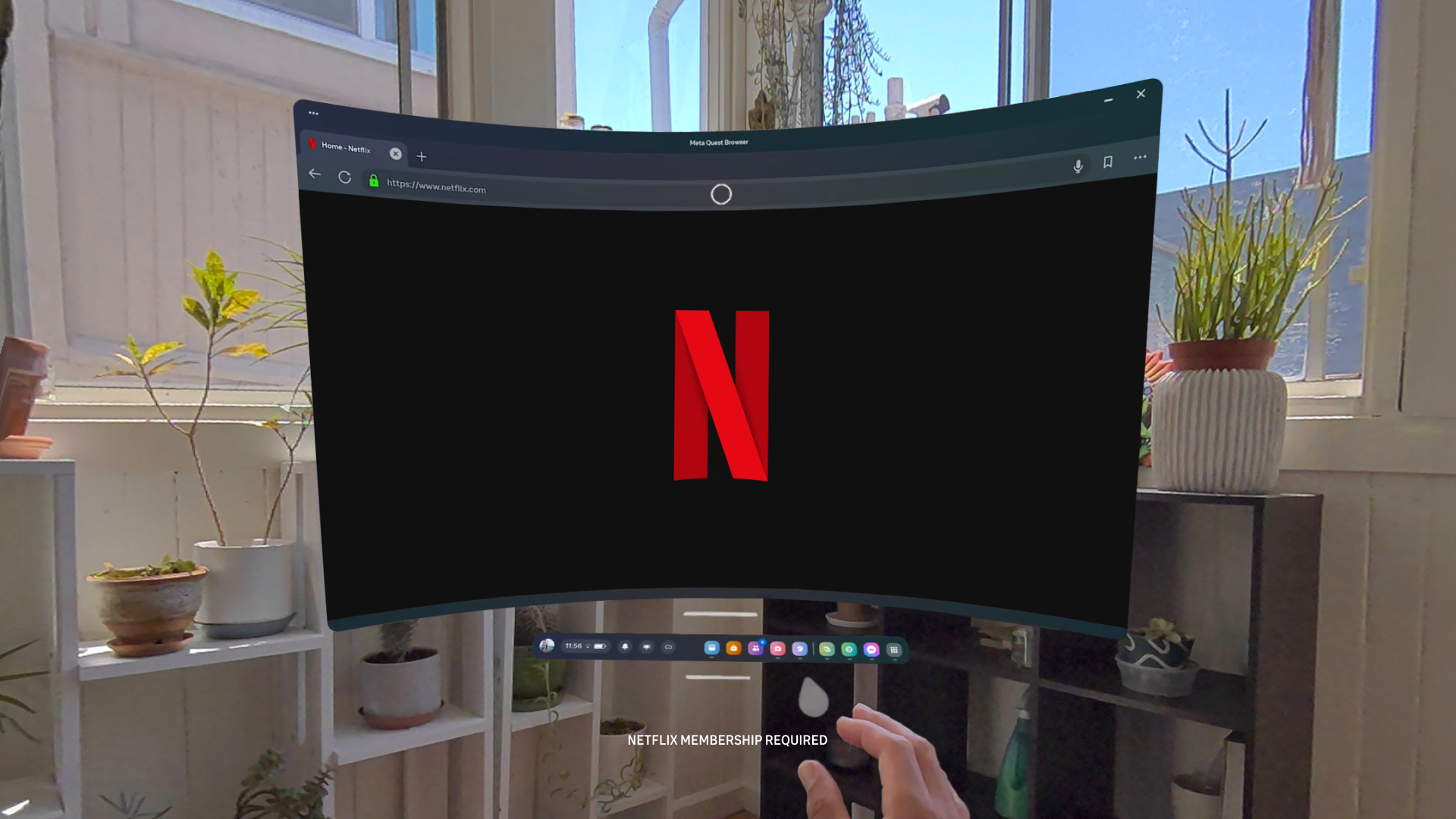
This week Meta Quest 3 users finally said goodbye to the aging Netflix VR app – if you try to use the service you’ll get a playback error – but it’s not all bad news. The new Quest browser-based Netflix experience is better than the app ever was.
We tested it out and found the major resolution boost – it’s now 1080p / full-HD instead of just 480p / SD – alongside new browser tools like being able to curve your virtual windows, being able to dim your surroundings, and watch in either mixed reality or in your VR home environment mean you’ll never miss the Netflix VR app.
The Meta Quest 3 is still behind the Apple Vision Pro in terms of streaming service support in VR (it still lacks most of the best streaming services), but this one example is a major leap in the right direction and we’re hoping it’s a sign that more support is on the way.

